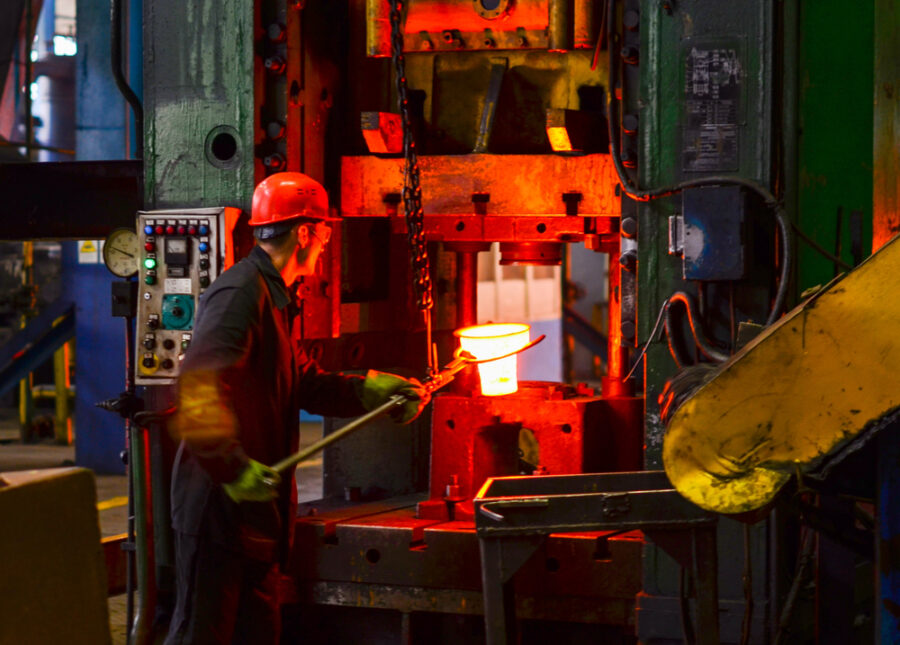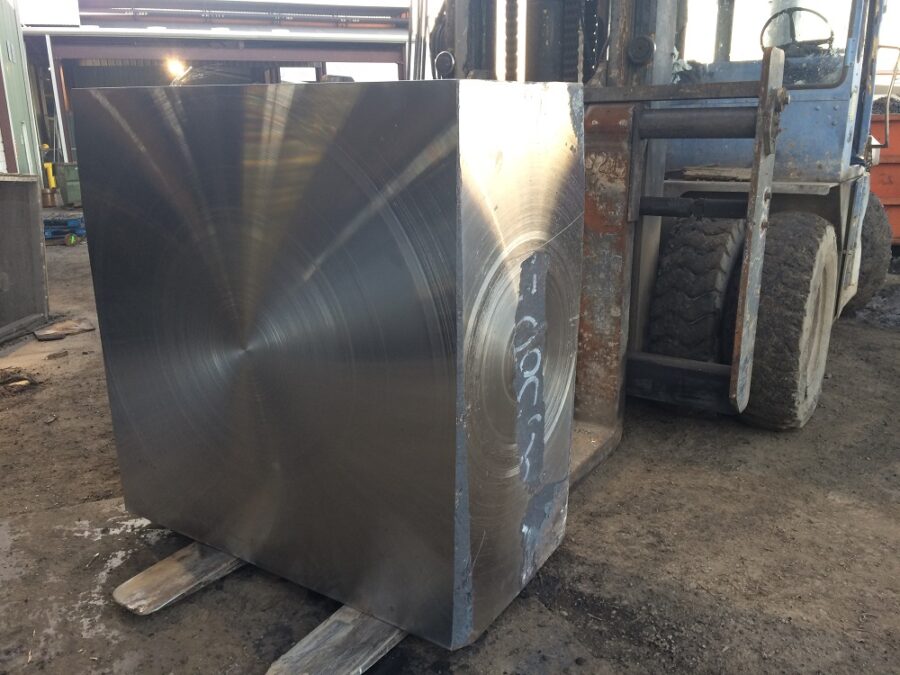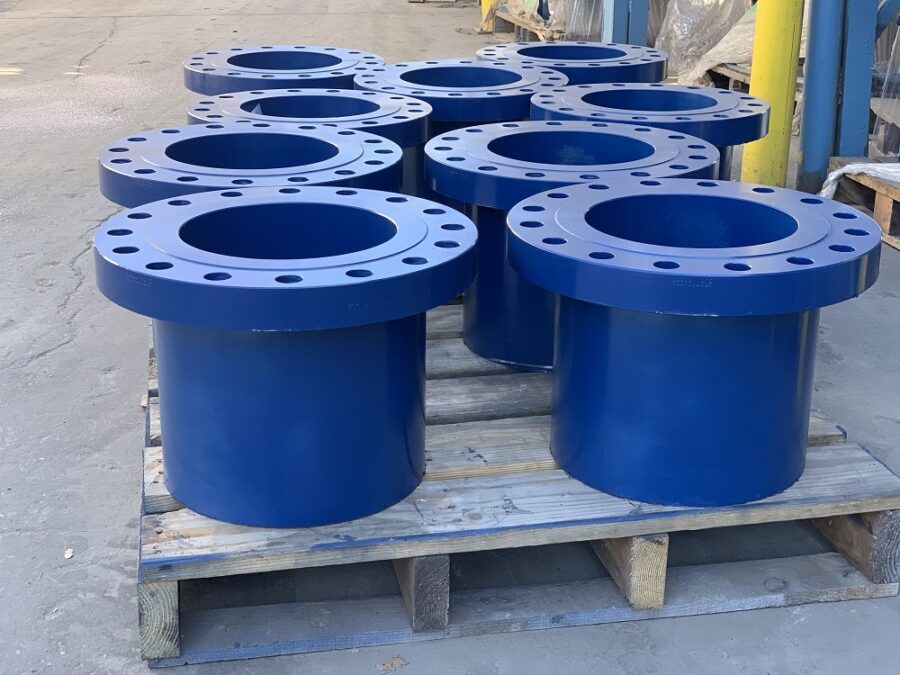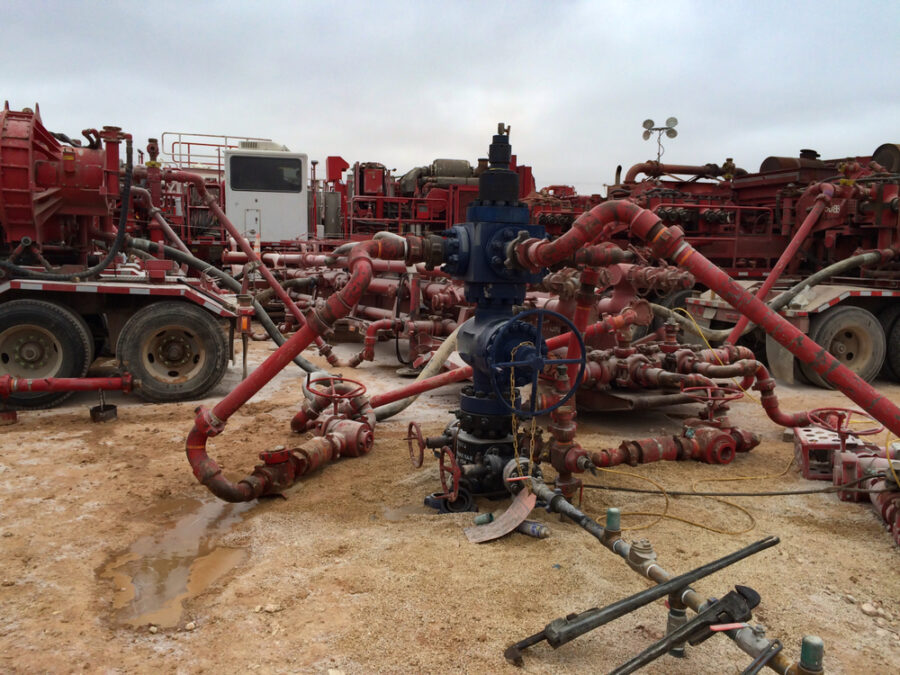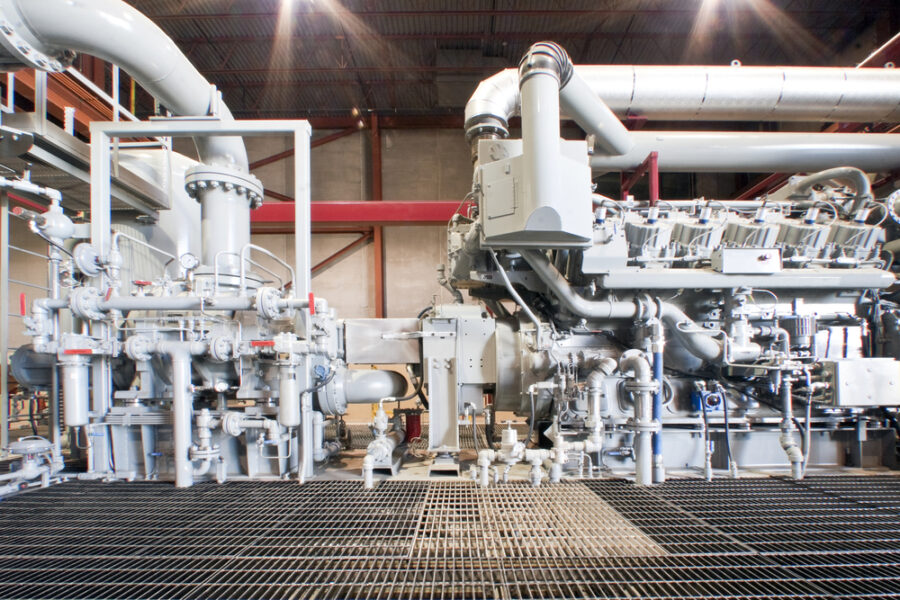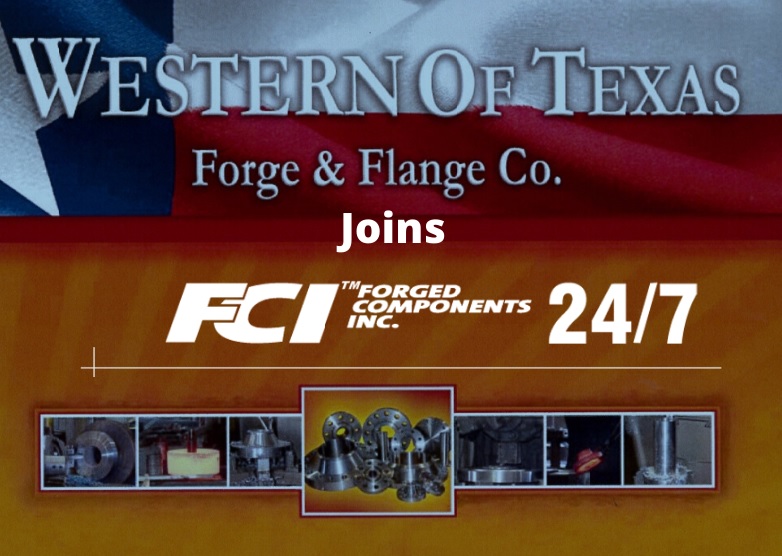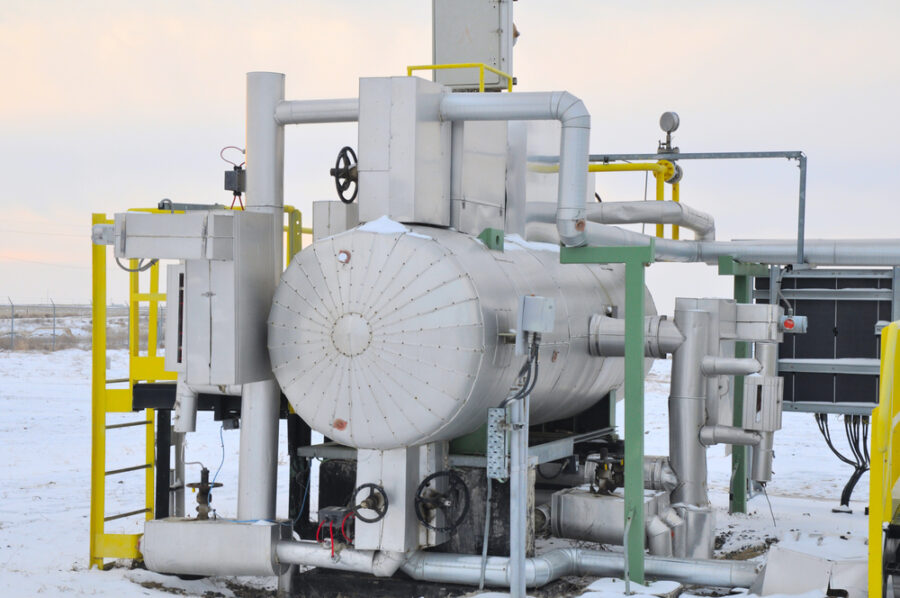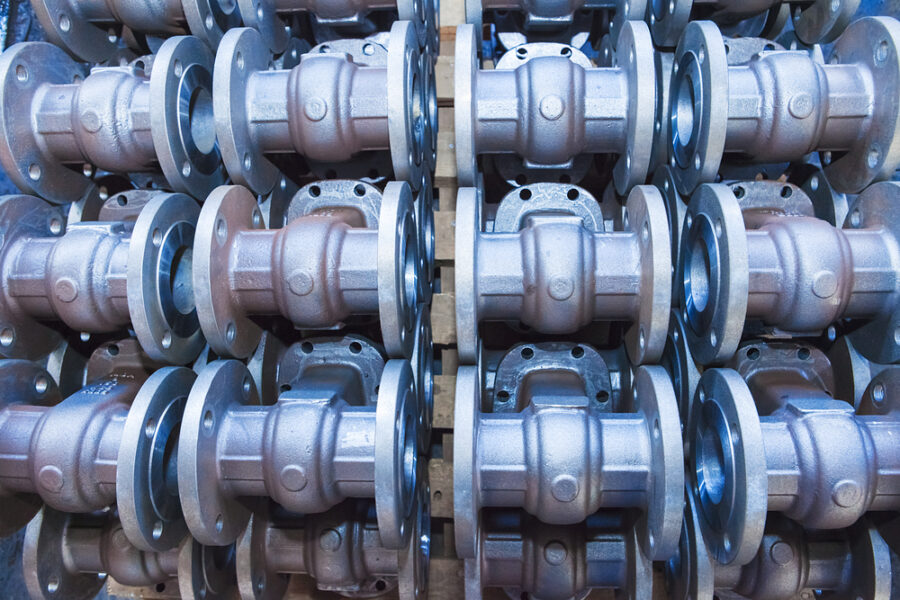What is the Difference Between the Casting and Forging Process?
On the surface, the casting process and the forging process may seem very similar. Both involve the use of red-hot metal, and both are industrial processes that require a lot of energy to complete, but there are some fundamental differences that you should know about. These differences are especially important when selecting the right ASME pressure vessel components manufacturer. The …

